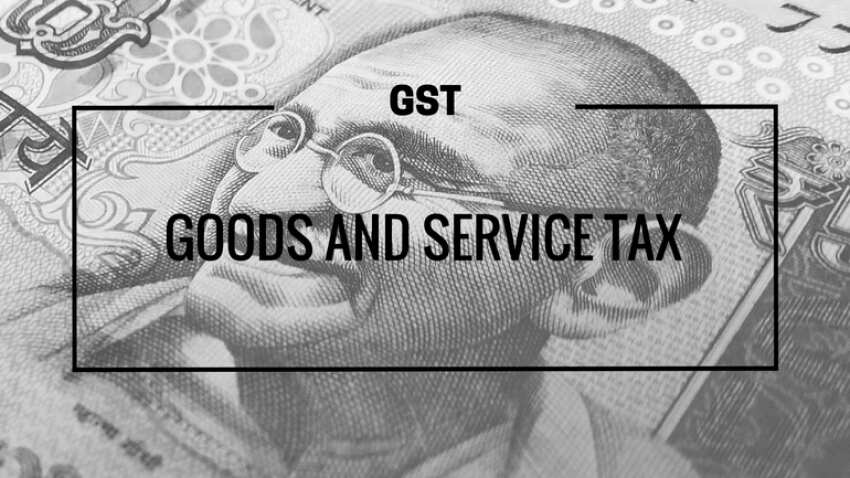E-way bill from today; know here key points
E-way bill: The finance ministry, in a clarification, said the validity period of e-way bill will start only after the details in Part-B of Form GST EWB-01 are updated by the transporter for the first time. The ministry through example stated that supposing a consignor fills in the details in Part A of Form GST EWB-01 on Friday and handover his goods to the transporter.

E-way bill: The electronic way bill system rolled out from today. Now, businesses and transporters have to produce before a GST inspector e-way bill for moving goods worth over Rs 50,000 from one state to another. The finance ministry yesterday said the validity of an e-way bill will be counted from the day transporter fills in the details in the GST form for the first time.
Few clarifications from finance ministry, regarding the new e-way bill system, are being explained here:
1-The finance ministry, in a clarification, said the validity period of e-way bill will start only after the details in Part-B of Form GST EWB-01 are updated by the transporter for the first time. The ministry through example stated that supposing a consignor fills in the details in Part A of Form GST EWB-01 on Friday and handover his goods to the transporter.
2-When the transporter is ready to move the goods, say on Monday, he can fill the Part B of Form GST EWB-01 and the validity period of the e-way bill will start from Monday.
Watch this Zee Business video on E-way bill
3-As per the rules approved by the GST Council, for goods travelling a distance of less than 100 km the e-way bill will be valid for a day from the relevant date. For every 100 km thereafter, the validity will be additional one day from the relevant date.
4-The "relevant date" will mean the date on which the e-way bill has been generated and the period of validity will be counted from the time at which the e-way bill has been generated and each day will be counted as 24 hours.
5-The ministry in another clarification said in case there are two transporters for moving goods from one state to another, then only one e-way bill will be required to be generated.
6-Further, the ministry said consider a situation where a consignor is required to move goods from City X to City Z. He appoints transporter A for movement of his goods. Transporter A moves the goods from City X to City Y.
7-For completing the movement of goods i e from City Y to City Z, transporter A now hands over the goods to Transporter B. Thereafter, the goods are moved to the destination i e from City Y to City Z by transporter B. In such a situation, Part A of Form GST EWB-01 can be filled by the consignor and then the e-way bill will be assigned by the consignor to transporter A. Transporter A will fill the vehicle details, etc in Part B of Form GST EWB-01 and will move the goods from City X to City Y.
8-On reaching City Y, transporter A will assign the said e-way bill to the transporter B. Thereafter, transporter B can update the details of Part B of Form GST EWB-01. Transporter B will fill the details of his vehicle and move the goods from City Y to City Z, the ministry added.
9-Touted as an anti-evasion measure and would help boost tax collections by clamping down on trade that currently happens on cash basis, the e-way bill provision of the goods and services tax (GST) was first introduced on February 1.
Watch this Zee Business video on E-way bill
10-It may be noted that the implementation of e-way bill was put on hold after the system developed glitches in generating permits. With several states also starting to generate intra-state e-way bills on the portal, the system developed a snag.
(With agency inputs)
12:45 PM IST






 Crackdown! E-way bill issuance: To get it, this thing made mandatory
Crackdown! E-way bill issuance: To get it, this thing made mandatory  Wow! New Rs 1 lakh crore Delhi-Mumbai e-way to cut travel time to 11 hours, says Nitin Gadkari
Wow! New Rs 1 lakh crore Delhi-Mumbai e-way to cut travel time to 11 hours, says Nitin Gadkari E-way bill for inter-state goods movement from April 1: GoM recommends
E-way bill for inter-state goods movement from April 1: GoM recommends GST mop up could top Rs 1 trillion a month post anti-evasion steps
GST mop up could top Rs 1 trillion a month post anti-evasion steps CAIT demands deferring of e-way Bill from Feb to April 1
CAIT demands deferring of e-way Bill from Feb to April 1